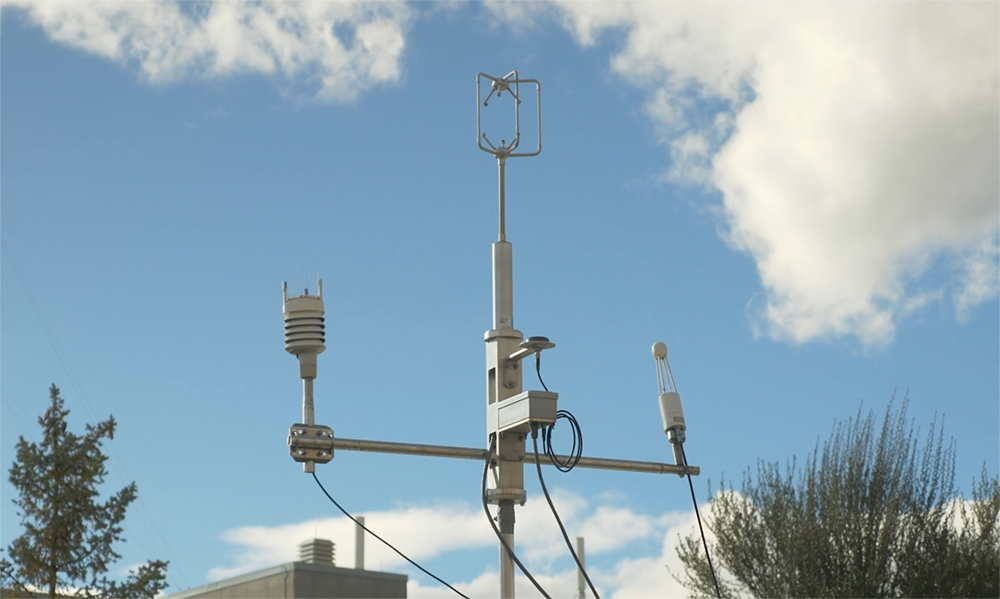Air-Sea Flux System
An important part of understanding and predicting the world's climate systems relies upon having better information about how the atmosphere and ocean interact. To gather this type of data, researchers and engineers from the Physical Sciences Laboratory developed the NOAA Air-Sea Flux System — an instrument package that measures the exchange (or flux) of heat, water, and momentum between the atmosphere and the ocean.
For more than two decades, the flux system has become a standard for measuring air-sea fluxes and a part of more than 50 shipboard experiments spanning the Gulf of Mexico, and the Arctic, Pacific, and Indian oceans. Depending on the experimental focus, additional components have been added to measure fluxes of CO2, ozone, and DMS (all climate-relevant gases) as well as pollutants. Observations from the system have contributed to studies on a variety of topics including ocean acidification, El Niño and La Niña, cloud research, the global carbon cycle, data comparisons for calibrating buoys, satellite validations, and impacts of the Deepwater Horizon oil spill.
